Featured articles

Why Michael Burry just sold all his tech stocks
Michael Burry has just exited a nearly $100 million position on Nvidia that he opened earlier this year.
14:42, 9 October 2025

Gold forecast: Third-party price targets
Gold (XAU/USD) is currently trading at $3,982.94 (as of 6:12pm UTC, 7 October 2025), after briefly crossing $4,000 per ounce for the first time during the session.
14:43, 9 October 2025

How does Elon Musk impact cryptocurrency prices?
In cryptocurrency markets, few individuals command as much attention as Elon Musk. The CEO of Tesla and SpaceX’s tweets, Tesla and Dogecoin announcements, and public statements can trigger periods of heightened volatility, with shifts in buying and selling pressure across digital assets.
13:29, 30 September 2025
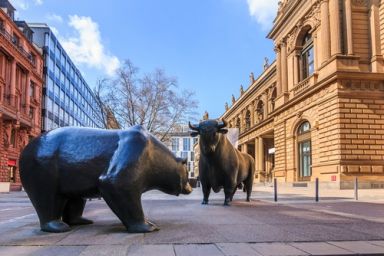
Market Mondays: Balancing cuts, earnings, and a stronger dollar
Markets digest the impact of last week's volatility after a hawkish cut from the FOMC and tech earnings that didn't quite meet the mark
11:14, 3 November 2025

Alphabet stock forecast: Third-party projections
Alphabet (GOOG) traded at $265.37 at 12:34 pm UTC on 27 October 2025, near the top of its intraday range between $255.00 and $265.76.
08:32, 30 October 2025

Cloudflare stock forecast: Third-party price targets
Cloudflare (NET) was last quoted at $223.69 at 4:52 pm UTC on 27 October 2025, trading near the upper end of its intraday range of $217.11–$224.12.
15:16, 29 October 2025
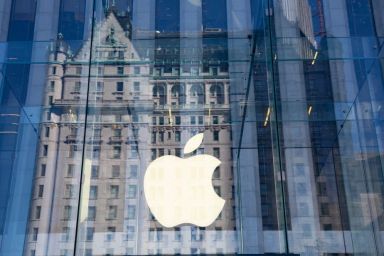
Apple stock forecast: Third-party price targets
Apple (AAPL) traded at $265.91 as of 2:48 p.m. UTC on 27 October 2025, within an intraday range of $259.23–$266.19.
14:40, 29 October 2025

Market Mondays: Balancing cuts, earnings, and a stronger dollar
Markets digest the impact of last week's volatility after a hawkish cut from the FOMC and tech earnings that didn't quite meet the mark
11:14, 3 November 2025
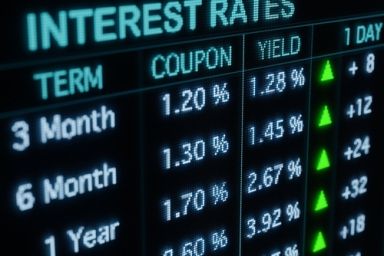
Markets pull back as Fed eases rate cut hopes and tech faces reality check
Sentiment in US equity markets softens into the weekend as markets digest a busy week of information from the Federal Reserve and key tech earnings
11:46, 31 October 2025

Market Analysis: Gold, Nasdaq 100, GBPUSD
A look into how gold, the Nasdaq 100 and GBPUSD are trading during a busy week of ok key earnings reports and central bank meetings.
09:44, 29 October 2025
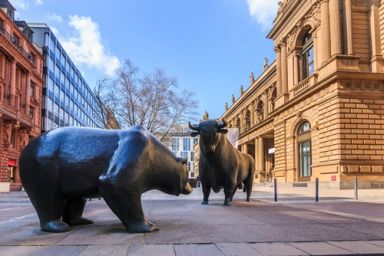
Market Mondays: Trade developments, FOMC meeting and Earnings
Markets brace themselves for a busy week ahead with key focus on trade talks, the FOMC meeting and key earnings including MAG7 companies
13:23, 27 October 2025

Market Mondays: Balancing cuts, earnings, and a stronger dollar
Markets digest the impact of last week's volatility after a hawkish cut from the FOMC and tech earnings that didn't quite meet the mark
11:14, 3 November 2025

Market Analysis: Gold, Nasdaq 100, GBPUSD
A look into how gold, the Nasdaq 100 and GBPUSD are trading during a busy week of ok key earnings reports and central bank meetings.
09:44, 29 October 2025

Silver price forecast: Third-party predictions 2025-2030
Silver spot is trading at $52.44 per ounce as of 16:41 UTC on 20 October 2025, within its intraday range of $51.12–$54.43.
07:26, 29 October 2025

Market Mondays: Trade developments, FOMC meeting and Earnings
Markets brace themselves for a busy week ahead with key focus on trade talks, the FOMC meeting and key earnings including MAG7 companies
13:23, 27 October 2025

Market Mondays: Balancing cuts, earnings, and a stronger dollar
Markets digest the impact of last week's volatility after a hawkish cut from the FOMC and tech earnings that didn't quite meet the mark
11:14, 3 November 2025
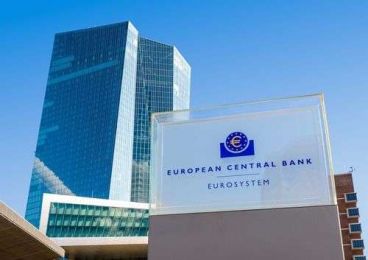
ECB Preview: no action expected as economy settles
The European Central Bank is expected to leave rates unchanged at their meeting this week as the balance of risks remains in favour of moderate growth and inflation
10:59, 29 October 2025

Market Analysis: Gold, Nasdaq 100, GBPUSD
A look into how gold, the Nasdaq 100 and GBPUSD are trading during a busy week of ok key earnings reports and central bank meetings.
09:44, 29 October 2025

Market Mondays: Trade developments, FOMC meeting and Earnings
Markets brace themselves for a busy week ahead with key focus on trade talks, the FOMC meeting and key earnings including MAG7 companies
13:23, 27 October 2025

Axie infinity price prediction: What is axie infinity (AXS)?
Axie Infinity (AXS) is trading at $1.43 as of 11:46am UTC on 31 October 2025, within an intraday range of $1.35–$1.57, according to Capital.com’s price feed.
9 hours ago
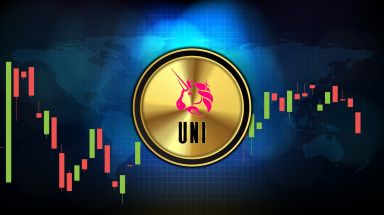
Uniswap price prediction 2025-2050: Third-party UNI insights
Uniswap (UNI) traded at $6.29 at 9:24am (UTC) on 29 October 2025, with session prices ranging between $6.29 and $6.63, according to Capital.com’s data. The token is holding near the session low, trading at the lower end of its intraday range.
11 hours ago
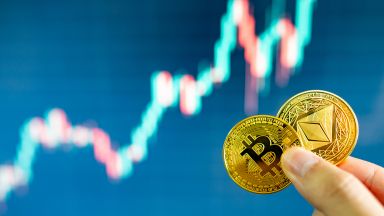
Trading Ether as it approaches its short-term support
A break beneath the key level would hurt what are already weakened short-term technicals, and test what is clearly extreme buy bias among retail traders.
07:12, 3 November 2025
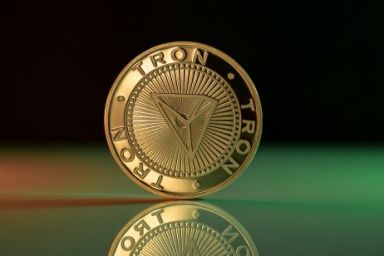
Tron price prediction: What is tron (TRX)?
TRON (TRX/USD) is trading at $0.3212 as of 9:04am UTC on 22 October 2025, after moving within an intraday range of $0.3178–$0.3251. The token remains close to its session high, near the upper end of its recent consolidation band.
08:01, 28 October 2025
